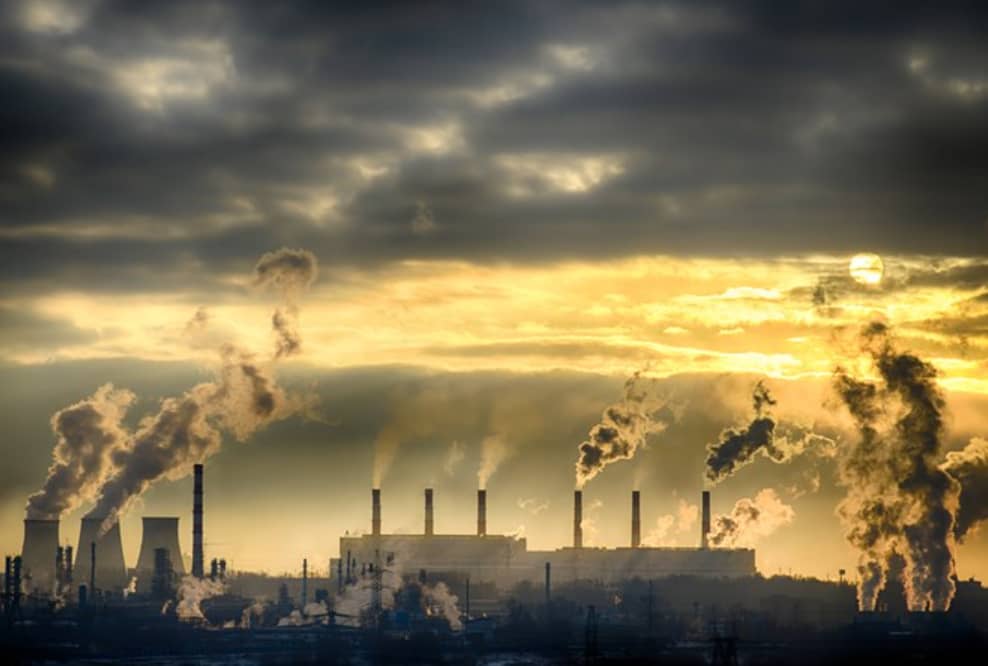Europe’s first physical carbon exchange-traded product (ETP) is already having an impact on the underlying carbon credits market after amassing early support from investors.
The SparkChange Physical Carbon EUA ETC (CO2) has gathered over $100m assets under management (AUM) in less than one month since launch on 4 November.
This initial surge likely owes to CO2’s core selling point – its physical replication of carbon credits. The product tracks the price of EU Carbon Allowances (EUAs) which offer investors exposure to the European Commission’s (EC) “permits to pollute” that it obliges companies to purchase as a cost for their polluting business activities.
Therefore, by buying CO2, investors directly add strain to the supply of carbon credits. In just the four weeks since the ETC’s launch the assets it gathered mean more than a million tonnes of carbon permits were withheld.
Commenting on the strategy, Athanasios Psarofagis, ETF analyst at Bloomberg Intelligence, said this is “real impact investing”.
“I really like the physical angle that basically takes out credit supply and people cannot use them,” he added. “These, along with thematic ETFs, are better ways to play environmental, social and governance (ESG) investing.”
Speaking to ETF Stream, Nik Bienkowski, co-founder and co-CEO at HANetf, who partnered on the product’s launch, explained because EUAs are physically withheld, this prevents industrial firms from using them to pollute, which creates a positive environmental impact.
An added benefit of EUA exposure is natural, upwards price pressure. The EC automatically decreases the issue of new allowances each year and EU law dictates holding allowances for 12 months causes additional permits to be cancelled in future years.
Because of this, the price of EUAs shot up 192% in the three years prior to the launch of CO2. This year, their price has more than doubled from €35 per tonne at the start of January, to just shy of €80 at the start of December.
Bienkowski continued: “Withholding EUAs may also have a positive effect on the price of EUAs, making pollution more expensive, and thus potentially increasing the rate at which polluting industries switch to cleaner technologies.”
Offering support for this, the price of EUAs shot up by €19 per tonne during CO2’s first month of trading.
Of course, SparkChange’s ETP is not the first offering exposure to EUAs. In August, WisdomTree re-launched its WisdomTree Carbon (CARB) with total annual costs of 0.85% versus 0.89% for CO2. Similarly, CARB has seen big demand gathering $272m assets since its comeback.
Furthermore, a range of other carbon strategies exist in the US, including four different exposures from KraneShares.
The biggest difference between these and CO2 is that they are futures-based. While a physical ETF can maintain its position indefinitely, a futures ETF must roll its position forward over time. This rolling of positions can incur a cost to investors if later-month futures contracts are more expensive than near-month futures contracts, a phenomenon known as contango.
Furthermore, futures-based carbon ETPs cannot directly affect the carbon credit supply as they do not physically own the underlying asset.
“A physically-backed EUA product is simpler to understand, may be cheaper to hold, and should be better for the environment. Futures-based products make sense when a physically-backed product is not possible,” Bienkowski concluded.
However, one drawback for some will be CO2’s Europe-specific exposure, with Psarofagis stating the lack of global coverage within a physical ETP leaves a ball in the court of futures-based products.
“I like the global advantage of the KraneShares Global Carbon Strategy ETF (KRBN). Even if it is just futures, ESG derivatives in general are going to take off and even steal some attention that would have otherwise gone to the broad based exclusionary ESG funds.”
Overall, CO2 brings a piece of innovation to the market and importantly increases access to the traditionally institutional and tedious process of accessing EUAs. It may only be a matter of time until investors can enjoy physical exposure to carbon on a broader scale.







